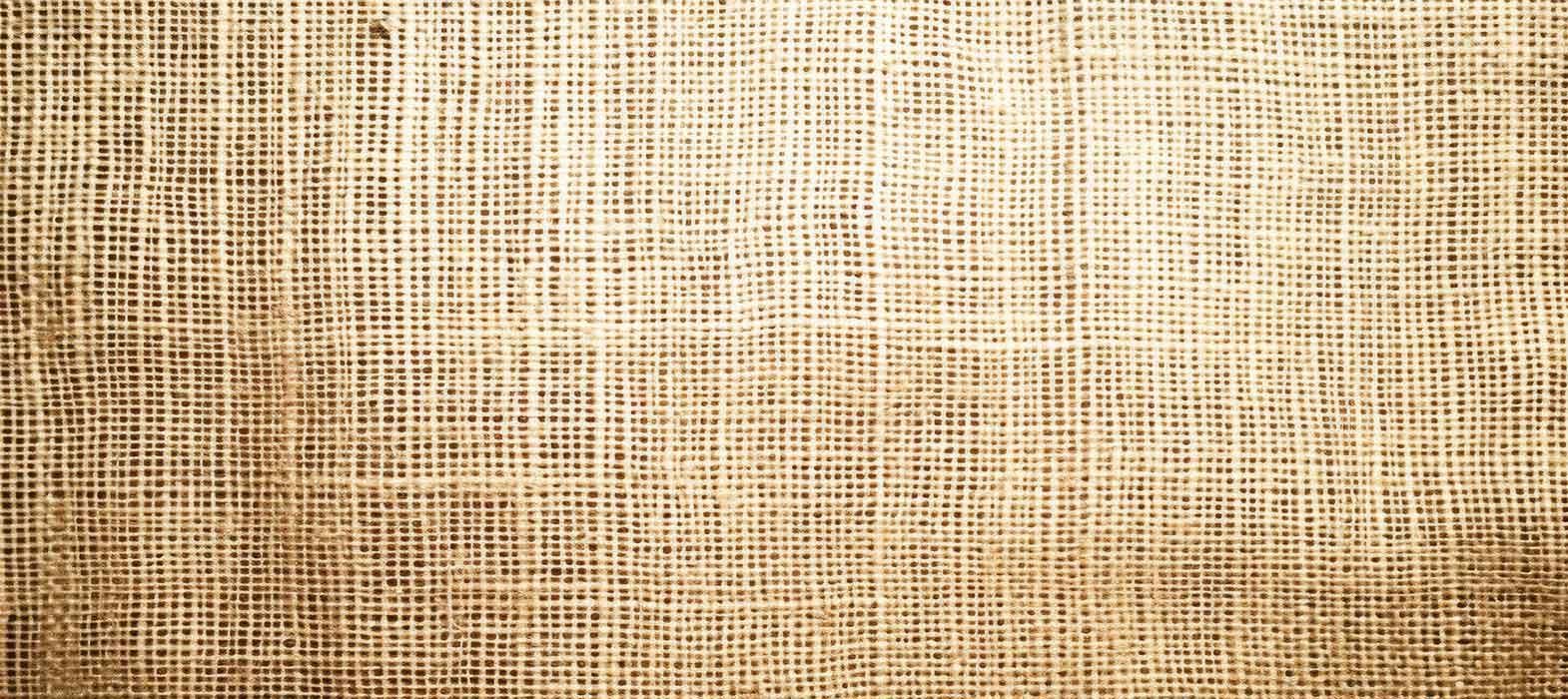Women ofvillages near Rishikesh town in Uttarakhand are now earning a livelihood by aningenious method of mixing bhimal and jute fibres, reports
When Uttarakhand Chief MinisterHarish Rawat recently visited a trade fair at Parade Ground in Dehradun, heclosely looked at a pair of slippers that caught his fancy. The attractivehand-woven slippers had been made by mixing fibres from bhimal and jute.
"Why can't these slippers beused in hotels," Rawat wondered aloud. He asked the state department ofmicro, small and medium enterprises (MSME) to hold talks with hoteliers in thisregard.
Bhimal (Grewia optiva) is a commontree found in the lower Himalayan region. It is abundantly found inUttarakhand, and used as fodder for sheep and cattle. Its soft twigs and leavesare considered high quality feed for cattle. People in the Garhwal region alsouse it as fuel for cooking food.
But lately, the fibre from driedand beaten twigs is also being widely and successfully used to make exquisitehandloom products such as slippers, baskets, mats and bags.
Of late, women in the religioustownship of Rishikesh have started mixing the fibre from bhimal with jute toproduce these handloom items, according to Veena Pundir, a master-trainer at avillage near the famous Swarg Ashram area in Rishikesh. Pundir had been workingwith Bhartiya Gramotthan Sanstha, an NGO working in many fields, earlier.
The Bharatiya Gramotthan Sanstha has been buying bhimal in the Garhwal region at ₹5-10 per kg and selling it to craftswomen at a much higher price of ₹20 per kg. If a craftswoman buys one kg of raw material (bhimal and jute) at ₹50 per kg, she can make four pair of slippers from the material. Jute incidentally is sold at ₹80 per kg. However, the Sanstha buys back four slippers at ₹240. "So, the women can earn ₹190 for making four pairs of slippers from one kg of raw material," said Pundir. "I had no work till I got a chance to make these slippers. But now, I have started enjoying making these slippers. Now I am able to earn almost ₹200 on a given day," said Sunita Devi, 40.
In order to enhance the look and feel of the fibre, the Sanstha has started using natural dyes of different hues and shades.







Comments